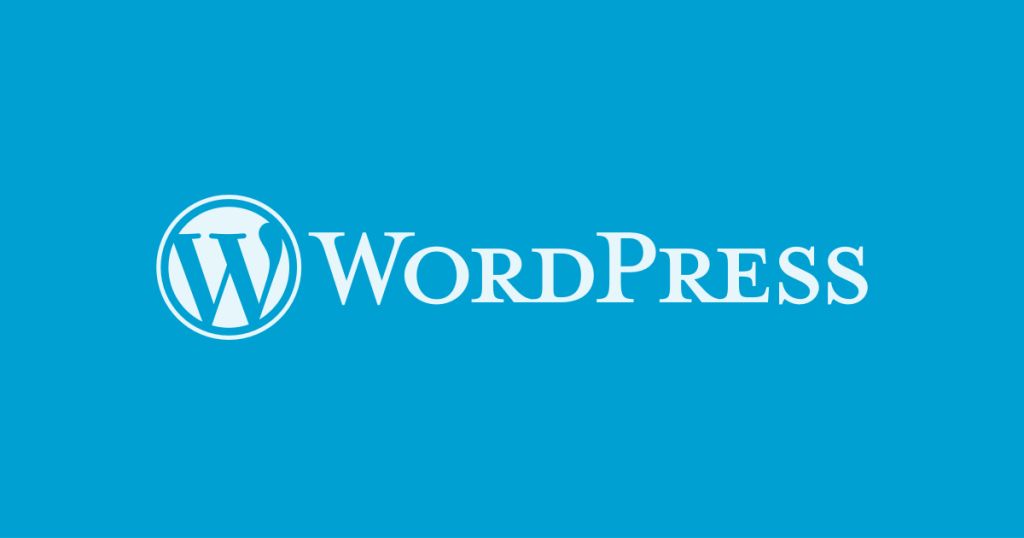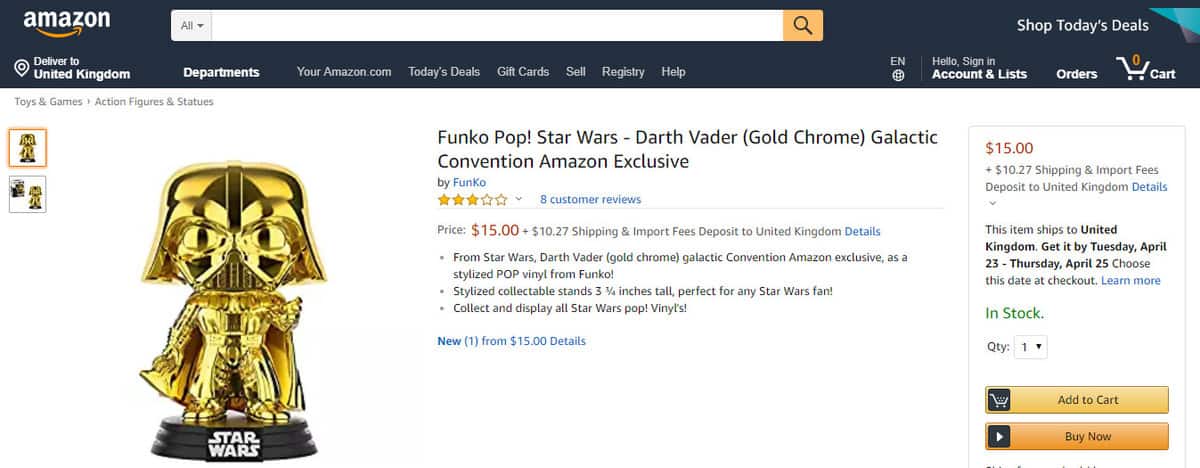Permalink settings in SEO are important to set at the beginning and avoid changing later. Permalinks determine the URL structure of posts, pages, and categories on a website. User-friendly and SEO-friendly settings are recommended. Common permalink structures include plain, day and name, month and name, numeric, post name, and custom structure. Modifying the .htaccess file may be necessary if errors occur. Friendly URLs are beneficial for search engines. Changing website structure can impact search engine results, so it is important to consider permalink settings early on. Additional settings like category and tag bases are optional. Attention should be paid to mod_rewrite and .htaccess file permissions.
When it comes to Permalink Settings, it’s crucial to set them right from the start for optimal SEO. Changing them later can have a significant impact on your website’s search engine rankings. The permalink is the static path for URLs of Posts, Pages, Media, Categories, and more. It’s essential to make sure your permalinks are both user-friendly and SEO-friendly.
To configure your permalinks, head over to Settings > Permalink. There, you can choose from various common settings like Plain, Day and name, Month and name, Numeric, Post name, and Custom Structure. The Custom Structure option allows for more customization using variables such as %year%, %postname%, %category%, and more. For instance, you can set your URL structure to %postname%.html, giving your URLs a more search engine-friendly format.
If you want to go a step further, you can add categories to your URLs as well. For example, you can use the format /%category%/%postname%.html. This addition can further enhance the organization of your content for both users and search engines.
In case you want to include a parent category for categories topics, adding a Category base or Tag base can help structure your URLs in a more organized manner. Remember, these additional settings are optional and not mandatory.
If you encounter a 404 error after making changes to your permalink settings, ensure that mod_rewrite is enabled and that the .htaccess file is writable. These issues are common culprits for URL-related errors on WordPress websites.
Lastly, always prioritize getting your Permalink Settings right from the beginning as altering the site structure later can impact your search engine visibility. By taking the time to configure your permalinks correctly initially, you set a strong foundation for your website’s SEO success.



